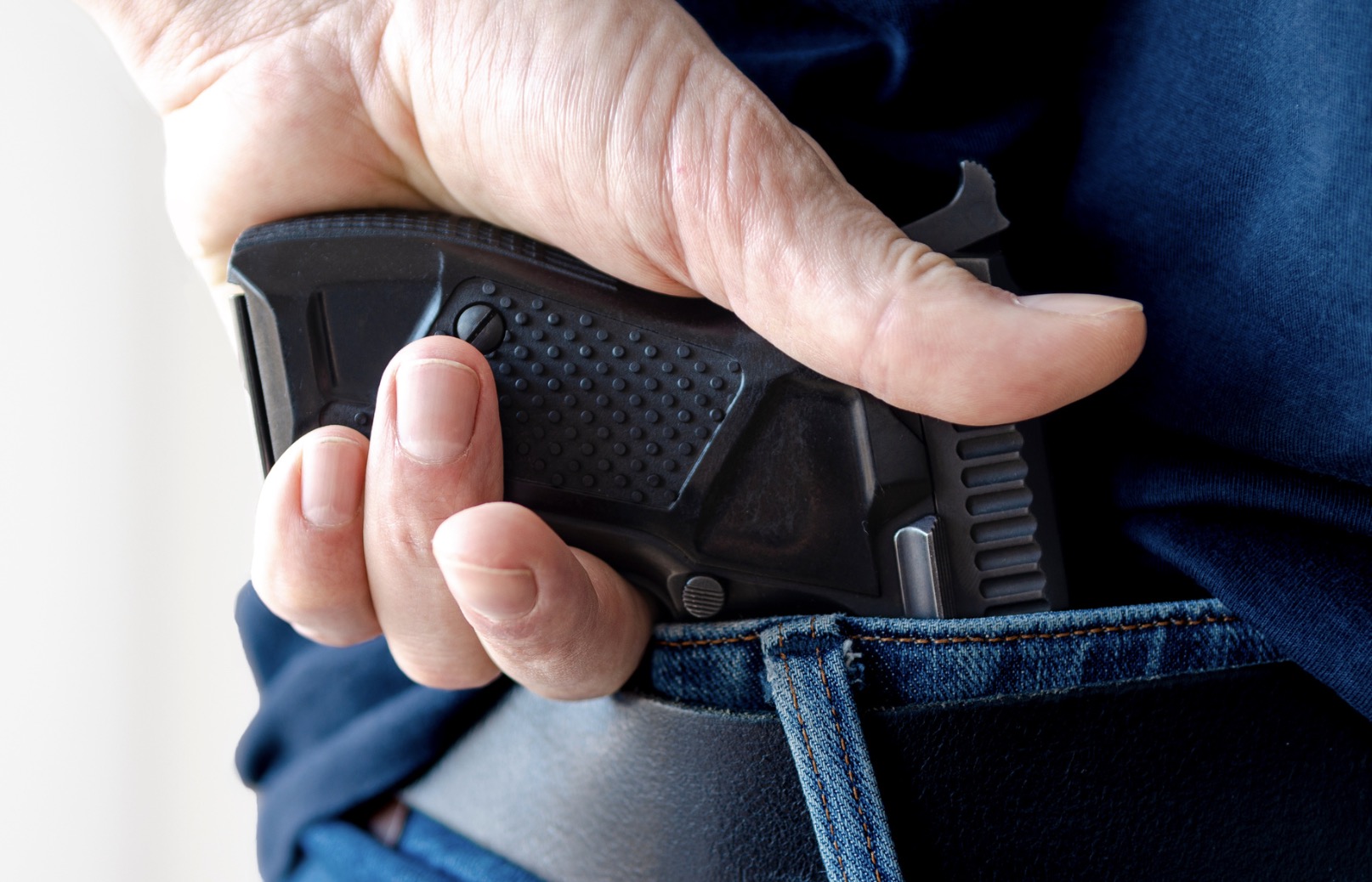In an increasingly unpredictable world, personal safety has become a primary concern for individuals everywhere. Having access to low-profile defensive weapons can provide a sense of security and protection without drawing unwanted attention.
With options ranging from non-lethal alternatives to more potent choices, this guide aims to equip readers with the knowledge to select the right tools to enhance their safety and feel more secure in their daily lives. Here are nine low-profile self-defense tools, their features, effectiveness, and legal considerations.

Story Stages
1. Handguns: A Potent Choice
Handguns are a powerful choice for self-defense. From compact revolvers to semi-automatic pistols, they can deter or incapacitate an attacker at a distance. However, they require proper training and a deep understanding of gun safety.
When owning a handgun, proper storage is essential to ensure both safety and accessibility. A gun rack can be a practical solution for organizing and securing firearms at home. Be sure to follow all local laws and regulations regarding gun ownership, storage, and concealed or open carry permits, as these can vary significantly between jurisdictions.
2. Pepper Spray: A Non-Lethal Alternative
Pepper spray is an excellent non-lethal option for self-defense. This spray induces a temporary but intense burning sensation. This debilitating effect can provide valuable time to escape a dangerous situation. It’s also easy to carry and conceal.
However, awareness of the legal restrictions surrounding pepper spray use is essential. While it is legal to carry in most states, some jurisdictions have specific limitations regarding the size, strength, and type of pepper spray allowed.
3. Pocket Sand: An Unconventional Defense
Pocket sand is a simple yet effective self-defense technique that involves carrying a small amount of sand or fine gravel in your pocket. When faced with an attacker, the sand can be thrown at their face, momentarily disorienting them and providing an opportunity to escape. This method is easy to execute and requires no specialized equipment, making it an excellent addition to your safety plans.
4. Stun Guns: High-Voltage Protection
Stun guns administer a high-voltage, low-amperage electric shock to an assailant, temporarily disrupting their muscle control and causing pain. This non-lethal weapon can be used at close range, making it effective in close-quarters encounters. Stun guns come in various sizes and designs, including some that resemble everyday items like flashlights or cell phones.
Before purchasing a stun gun, it is crucial to understand the regulations governing their use in your area. Some states and cities have strict laws on stun gun possession and usage, so familiarizing yourself with these restrictions to avoid any legal complications is imperative.
5. Tactical Pens: Discreet And Practical
A tactical pen is a multi-functional tool that functions as a writing instrument and a self-defense weapon. Typically constructed from durable materials like aluminum or titanium, tactical pens feature pointed ends you can utilize to strike an assailant in self-defense. They often include other useful tools such as glass breakers, bottle openers, or flashlight attachments.
Given their innocuous appearance, you can carry tactical pens virtually anywhere without drawing attention. However, as with any self-defense weapon, proper training and practice are essential to ensure effective use in an emergency.
6. Personal Alarms: Sound The Alert
When activated, personal alarms emit a loud, high-pitched sound, attracting attention and potentially scaring off an attacker. They are lightweight, easily concealed, and can be attached to keychains or clothing for quick access. Some models also include LED lights for added visibility.
While personal alarms can’t incapacitate an assailant, they can deter an attack or draw help from others nearby. It is essential to test your alarm periodically to ensure it remains in good working order.
7. Kubotans: Small But Mighty
Kubotans are compact self-defense tools, typically measuring around five inches in length, resembling a small flashlight or keychain. They are designed to be held in the hand, with the ends protruding from either side of the fist. When used correctly, kubotans can deliver painful strikes to an attacker’s sensitive areas, such as pressure points or joints.
Kubotans are legal in most areas, making them popular for those seeking a low-profile defensive weapon. As with any self-defense tool, practice and training are crucial to ensure effective use.
8. Self-Defense Keychains: Protection at Your Fingertips
Self-defense keychains are small, unassuming tools designed to protect without attracting attention. Examples include cat ear keychains, which feature pointed ears you can use to strike an attacker, or kubotan keychains, which serve a similar purpose. These tools are easy to carry, readily accessible, and highly effective with proper technique.
As with any self-defense tool, practice and training are essential for effective use.
9. Improvised Weapons: Using Everyday Items
In some cases, relying on improvised weapons for self-defense may be necessary. You can utilize everyday household items such as keys, pens, or even rolled-up magazines to inflict pain or temporarily disable an attacker. The key to effectively utilizing improvised weapons lies in maintaining situational awareness and swiftly identifying potential tools in your surroundings.
Improvised weapons should be considered a last resort and may be less effective than purpose-built self-defense tools. Nevertheless, familiarity with their uses can be valuable in an emergency.
Conclusion
Low-profile defensive weapons provide a discreet and effective means of personal protection in an increasingly unpredictable world. Familiarize yourself with the legal restrictions in your area and invest time in training and practice to ensure that you can confidently and effectively use these tools when necessary.
